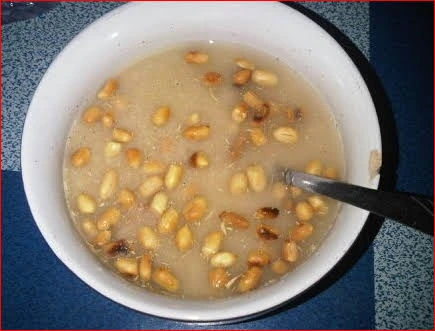
Gari, a well-loved delicacy, goes great with soups that are rich in palm oil and vegetables. Soaking and eating gari as a sole source of nutrients might not be ideal. Gari oaked in water is not a sufficient source of nutrition, and consuming too much of it could be harmful. Consuming gari in the afternoon, when you’re likely to be particularly active, can help you recover from the day’s activities and keep your energy levels up.
Gari includes a lot of sugar, so people with diabetes shouldn’t eat it. Gari is also not recommended for pregnant women to eat. Gari has been linked to a variety of health problems, and I hope to shed more light on those concerns here.
Please review the items on the list below:
1. Eye defects.
According to Mayoclinic. Hydrocyanic acid, which is present in cassava and is used to make gari, has been associated with ocular problems in newborns. If you consume too much of the acid in the gari, you could develop partial blindness or another serious eye problem. Careful, thorough, and safe gari processing, on the other hand, can reduce the acid concentration to a more manageable level.
2. Unhealthy weight gain.
Gari is made from the tuber of the cassava plant, which is rich in carbohydrates. Only one cup of gari contains about 360 calories, or about 99 percent of the total. Gari is heavy in carbs, so it’s possible that eating too much of it could cause you to gain weight and retain water.
3. It Has the Potential to Make Ulcers Worse.
Gari contains cyanide acid, which can worsen the symptoms of an existing ulcer and cause digestive problems. Anyone suffering from ulcers should be careful not to eat too much garri because of the negative effects it can have on the body.
4. It makes you feel weak.
Gari, a traditional food in Nigeria, can make you feel weak and shaky, especially if you consume it on an empty stomach. Feeling sleepy and lethargic after ingesting gari might ruin your.
 Uniquenewsgh.com News, Politics, African News Updates & More
Uniquenewsgh.com News, Politics, African News Updates & More



